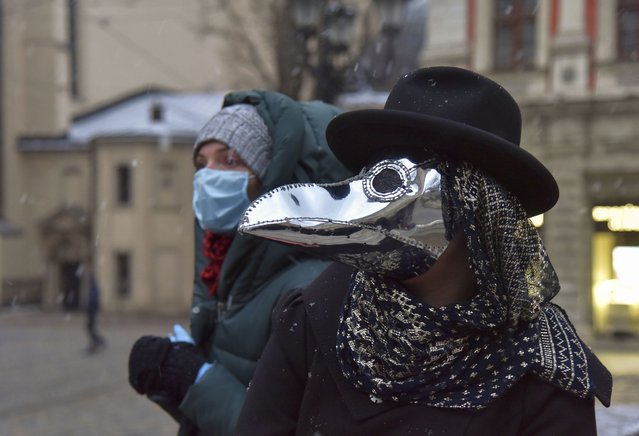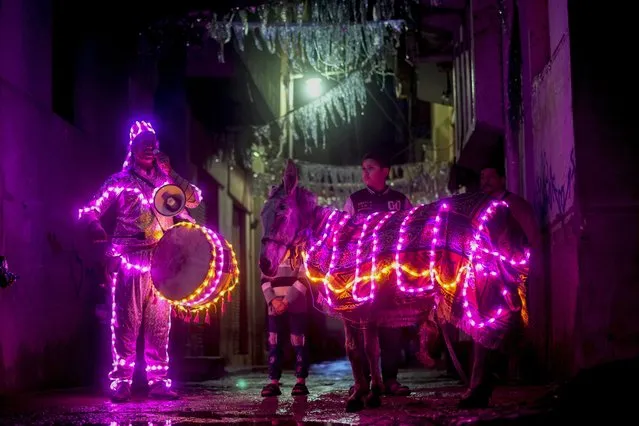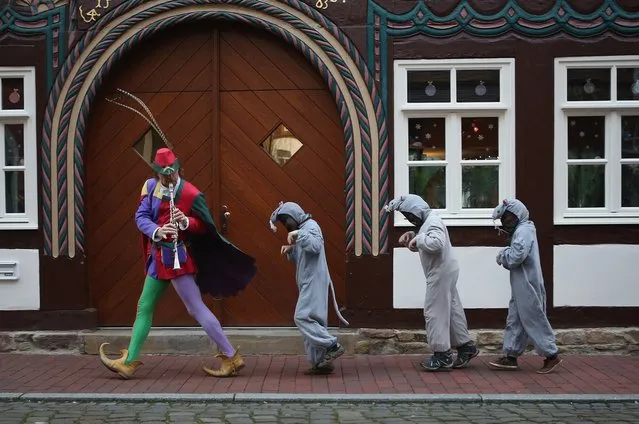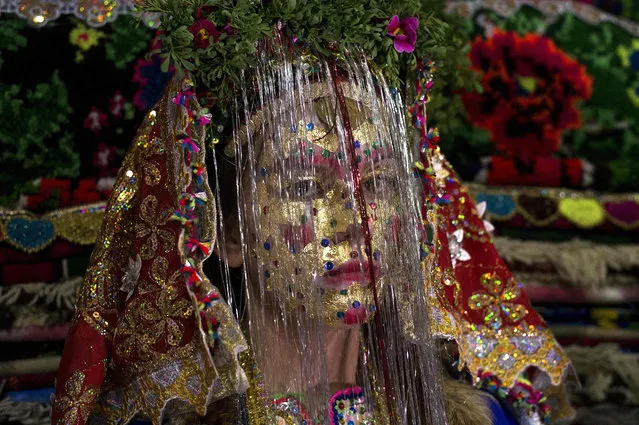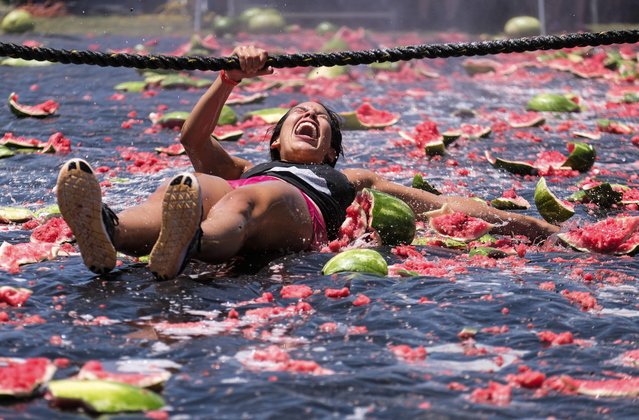
A woman takes part in the Watermelon Games at the 55th annual California Watermelon festival in Los Angeles, California on July 29, 2017. The day has become a tradition because watermelons have long been the prized crop of the eastern San Fernando foothills. (Photo by Xinhua News Agency/Rex Features/Shutterstock)
31 Jul 2017 09:11:00,post received
0 comments

